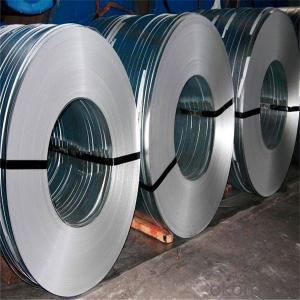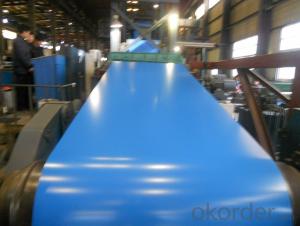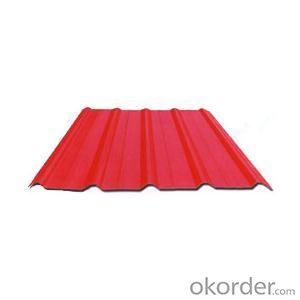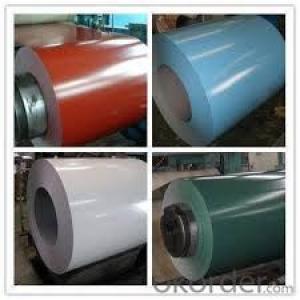Hot Rolled Steel Coil /Steel Plate/Steel Sheet
- Loading Port:
- China main port
- Payment Terms:
- TT OR LC
- Min Order Qty:
- 23 m.t.
- Supply Capability:
- 50000 m.t./month
OKorder Service Pledge
OKorder Financial Service
You Might Also Like
Specification
Product Description
Product | Hot Rolled Steel Coil |
Place of origin | Tianjin, China |
MOQ | 25 tons |
Thickness | 1.0mm-80mm |
Width | 600mm-3000mm |
Length | In coil, 3000-15000mm |
Application | Construction of vessels, containers, buildings, roads, railways, other infrastructure, appliances, and so on. |
Standard | AISI, ASTM, BS, DIN, JIS, GB, etc |
Grade | A572,A573,A633,A678,A709,A710,G3101,G3136,etc |
Type | Steel Coil |
Surfacing | Vanished, painted, oiled or as request |
Technology | Hot Rolled |
Price | FOB USD 500-900 per ton |
Port | Tianjin, China |
Payment Terms | L/C,T/T, Western Union, Money Gram |
Product Ability | 5000 tons per month |
Delivery | Within 15-30 days upon receipt of L/C or deposits |
Packing | Standard seaworthy export packing or as the request of customers |
Chemical Composition
Grade | Chemical Composition | ||||
C | Si | Mn | P | S | |
Q345B | ≤0.20 | ≤0.55 | 1.00-1.60 | ≤0.040 | ≤0.040 |
Q345C | ≤0.20 | ≤0.55 | 1.00-1.60 | ≤0.035 | ≤0.035 |
Q345D | ≤0.18 | ≤0.55 | 1.00-1.60 | ≤0.030 | ≤0.030 |
Product Image

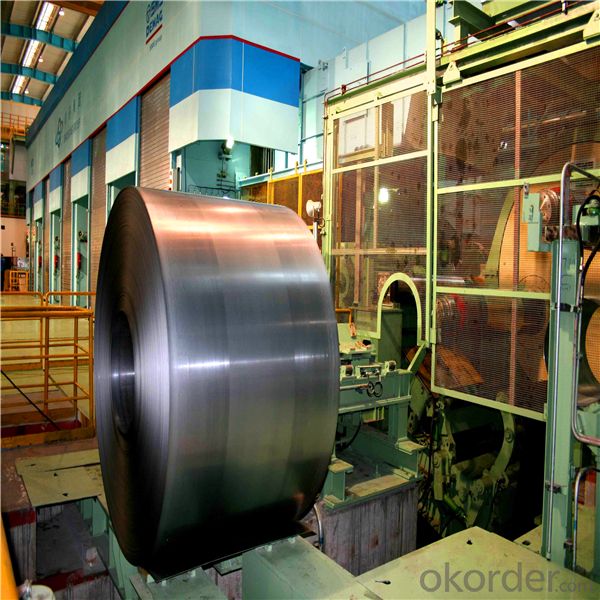
FAQ
1. Q: What's the MOQ?
A: Our MOQ is 25mt.
2. Q: What's the delivery time?
A: It will take about 30 days after TT or L/C.
3. Q: What is the payment terms?
A: T/T, L/C at sight
4. Q: How does your factory carry out quality control?
A: We attach great importance to quality control.Every part of our products has its own QC.
5. Q: What certificate do you have?
A: We have SGS, ISO9001 etc. Also we can apply any certificate if you need if the qty is OK.
- Q: What is the role of steel coils in HVAC systems?
- Steel coils are an essential component in HVAC systems as they act as heat exchangers, allowing for efficient transfer of heat between the refrigerant and the surrounding air. They help to cool or heat the air as it passes through the system, contributing to the overall temperature control and comfort in indoor spaces.
- Q: How are steel coils formed into specific shapes?
- Steel coils are formed into specific shapes through a process called roll forming, which involves passing the coils through a series of rollers. The rollers gradually shape the steel into the desired profile, applying pressure and bending it to the required angles. This allows manufacturers to create various shapes and sizes of steel coils for different applications.
- Q: I want to buy a chain that will last a long time and that i can wear ALL the time.What are the disadvantages to stainless steel jewelry?Does it look as good as silver?Is there much diference in apperance?
- This Site Might Help You. RE: What Are The Disadvantages Of Stainless Steel Jewelry? I want to buy a chain that will last a long time and that i can wear ALL the time. What are the disadvantages to stainless steel jewelry? Does it look as good as silver? Is there much diference in apperance?
- Q: How many pounds can steel lift?
- Well, metal steel can lift an infinite amount of weight if necessary, BUT it can only withstand tensile PRESSURE up to a certain amount. That amount depends on what kind of steel you have; you can have low and high carbon steel, for example, here are some maximum tensile forces a lot of common steels can withstand: Coated Steel (Galvanized): 200-215 GPa Terne Coated Stainless Steel: 189 - 197 GPa Terne Coated Steel: 185-200 GPa AirMet100 High alloy steel: 193-203 GPa AF1410: 203 -213 GPa 17% Cobalt Steel: 199-209 GPa 36% Cobalt Steel: 199-209 GPa 6% Tungsten Steel: 218-229 GPa A-286: 201-211 GPa N-115: 201-211 GPa 250 Maraging Steel: 183 - 192 GPa 280 (300) Maraging Steel: 183-192 GPa And that's just Coated and High-alloy steels, I have yet to go through Cast Irons, Commercial-purity Iron, Low alloy steel, low carbon steel, medium alloy steel, medium carbon steel, stainless steels, tool steels, and very low carbon steels, and I'm not even sure if this is a complete list of the different types of steels in the world. TL;DR We need more information. EDIT: By pressure, I mean the negative tensile type of pressure. EDIT 2: At it's thinnest point, most supportive skeletal features will be able to support 132 pounds quite easily. However, if you want to make an effective light-weight strong skeleton, I would suggest using aluminium rather than steel.
- Q: What are the common methods of painting steel coils?
- The common methods of painting steel coils include coil coating, spray painting, and electrostatic painting.
- Q: Went to top gun range in Houston, Tx. Guy there said no steel bullets..Anyone know why? Think i can shoot them anywhere else? Perhaps an outdoor gun range? The are monarch FMJ 9mm steel rounds..Thanks!
- However, I cannot under any circumstance travel with loaded rifle magazines in my car. Those I have to load at the range because it would be illegal for me to travel to the range with loaded magazines. Even if I don't have a rifle in the car, I cannot possess loaded rifle magazines while traveling. All long guns (shotguns included) must be unloaded and secured in the vehicle, including magazines or tubes. There are several states with restrictions against traveling with loaded rifle magazines, so I'd suggest you check your state laws first, and if it is permissible in your state, then find out if the range will allow it too.
- Q: I have two guitars, a nylon stringed classical, and a steel stringed acoustic, I find the nylon strings easier to play, but doesn't have as good of sound as the steel stringed, and when I play with the steel strings, it really hurts my fingers, and if I play just a little bit, it feels like the high e string is going to cut my finger. Are the strings too high? What can I do to make the steel strings easier to play?
- find an online tuner and tune the strings to the tuning you want. trust me, guitar hurts your fingers after a while. but your skin gets used to it's, it's what ever.
- Q: Why are steel saucepans and tea kettles covered with copper on the outside and the bottom? what r the goals of having high-quality pans that are thick and tea kettles that are thin walled?
- Yep I agree with Scamper. Copper pot would be toxic so lined with tin or stainless steel.
- Q: Specifically, for the main support beam found in a basement.
- Talk to the supplier of both the products on what is involved in installation, weight bearing over the span you are trying to go without supports,the size of beam, will it affect the height of the room below or will the floor have to go up and the cost how much are you prepared to spend, you will then get your answer
- Q: I need new sprockets on my GSX-R1, I've heard that alumnium sprockets wear out twice as fast as steel and the difference is not noticable
- I find it hard to imagine the weight savings would ever be noticeable enough to justify using a less durable metal. You also need to figure the time spent replacing sprockets and it's possible a worn rear would cause early wear to the chain and then to the countershaft sprocket. You can also change your gear ratio easier by going down one tooth on the front instead. You just have to work the numbers. I've found it to be a simpler way to change the performance to meet that days needs. Keep it sunny side up!
Send your message to us
Hot Rolled Steel Coil /Steel Plate/Steel Sheet
- Loading Port:
- China main port
- Payment Terms:
- TT OR LC
- Min Order Qty:
- 23 m.t.
- Supply Capability:
- 50000 m.t./month
OKorder Service Pledge
OKorder Financial Service
Similar products
Hot products
Hot Searches
Related keywords
